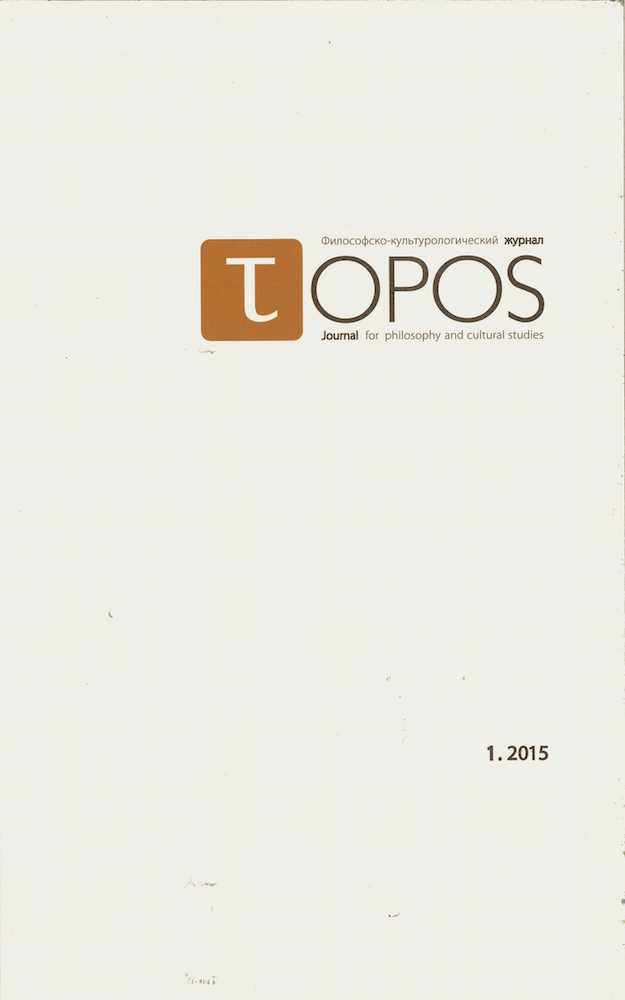Colour theories of Klee, Itten and Kandinsky as a paradox of aesthetic sharing in Bauhaus
Article
Abstract
[In English]
This article is dedicated to the colour theories by Paul Klee, Johannes Itten and Wassily Kandinsky, presenting them as instances of multidimensional sharing. The synthetic Bauhaus colour theory might be examined from philosophical, aesthetical, culturological, ethical, value and other perspectives. The article briefly discusses three interpretations of colour phenomenon based on non-classical art philosophy – the dynamic artistic investigations carried out by the Bauhaus colourists, originating from the influence of Eastern philosophy and aesthetics that has determined major radical shifts of the Western artistic consciousness. Primary focus is placed on the contribution of the best known representatives of this school to the history of design aesthetics, and, specifically – the research of colour phenomenon inspired by the disillusionment in Western rationalist worldview and the logic of binary thought. The text analyses a paradoxical sharing of diverse conceptual approaches within Bauhaus: interweaving of various aesthetic programmes, innovative exchange of practical and theoretical knowledge in joint workshops. It addresses different aspects of the intentionally undefined, unfinished and open artistic research of said authors, which pose a challenge to the official Bauhaus school programme saturated with a spirit of rationalism and functionalism.
Downloads
This journal allows the author(s) to hold the copyright without restrictions. Topos Journal uses CC BY-NC-ND 4.0 license (license URL: http://creativecommons.org/licenses/by-nc-nd/4.0).


